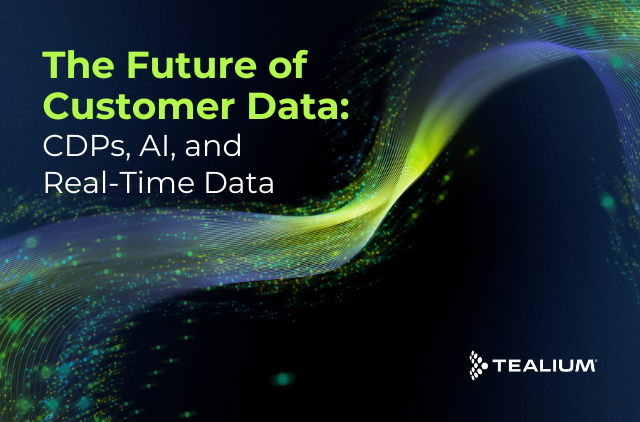Whatever we thought 2020 would be the “year of,” it’s clear that 2020 is now the year of digital transformation, and by extension, data transformation.
In April, Mckinsey wrote
We believe the COVID-19 crisis is likely to significantly accelerate the shift to digital and fundamentally shake up the business landscape. […] For many companies, the only option is to accelerate their digital transformation.
At the heart of digital transformation is data transformation. Where digital transformation can mean many things across the organization, for marketers digital transformation addresses some big questions, like:
- How do I adapt to market upheaval?
- How do I understand my buyers faster?
- How do personalize digital experiences— especially to make up for ones that were once in-person?
To answer these questions well, marketers need to have the data. That’s usually not a problem— marketers are swimming in too much data. In fact, according to IDG Connect and Convince & Convert, 59% of respondents said that data collection and centralization is their biggest challenge, while 46% struggle to gain actionable insight from their reports. These are foundational elements of digital marketing, but where digital transformation kicks in is being able to transform the data.
Transforming data— ideally in real time— and putting it into action is how you gain the insights, efficiencies, and personalization capabilities that enable you to answer those fundamental digital transformation questions.
The data transformation behind digital transformation may feel like a mountainous project, but you don’t have to go from sea level to summit in one fell swoop.
Josh Griffiths of nib health funds, a private health insurance carrier in Australia, spoke at length on the topic of data transformation for one of their big digital transformation goals, personalization, at our most recent Digital Velocity. For Griffiths and nib health funds, their data transformation journey required them to start small while thinking big.

Starting Small, Thinking Big about Data Transformation
The nib health funds team found their business was constrained by current technology capabilities. They had limited visibility and access to data, no consolidated view of their data, competing priorities, and— crucially, were unclear where to start.
All of this added up to a prime opportunity to create improved member experiences.
While the imperative for digital and data transformation have accelerated this year, the mantra that worked for nib health funds of “Start small, think big” can still work today. Data transformation, for Griffiths, meant they needed to tackle the components of digital transformation piece-by-piece. They started with one small part— leads management and marketing automation— and started to transform that process. As they learned and optimized this process, they then accelerated the process to scale up.
As you work through your data transformation, it’s important to understand what elements are foundational— that is, what elements can you start with that will make later improvements easier or more effective?
Three Key Areas to Address for Data Transformation
As nib health funds worked to implement their data transformation, there were three key areas they focused on: the technology, the people, and the capabilities.
The Technology
Tackling data transformation required a technological foundation that could collect the data, transform and enrich it, and then activate the insights. Tune into the presentation to see how nib health funds built their customer data supply chain.
The People
With the right technology in place, nib health funds needed to get the right people working together. There were three teams to bring together: technology, customer experience and marketing. So Griffiths built a marketing automation team to bridge the gap between each of the unique requirements for these teams.
The Capabilities
Their data transformation, with the right technology and people in place, was geared towards three key process capabilities: enablement, insights, and activation. At the heart of these capabilities was enabling marketing teams to work in real time, without having to wait for third-party vendors or IT teams to make campaigns happen.
A Roadmap to Personalization Now
For a private health insurance carrier in a country where most health care is free, personalization is critical to breaking through to consumers. But, of course, the other side of the personalization coin is privacy— and for a company operating in a regulated industry, this was doubly important to do things right (another reason for the start-small mentality).
There’s so many good insights in Griffith’s presentation that you won’t want to miss, but at a high level here’s how nib health funds thought about their path to becoming personalization superstars.
- Stay simple, start now
- Engage the experts
- Break it down, and focus on value
- Build for scale
With their start small, think big approach and a data transformation bolstered by Tealium’s Customer Data Platform, nib health funds has been able to increase marketable leads by 175%. Their first use case paid for the whole of their data transformation technology investment.
Learn more about how nib health funds is meeting the moment with a data transformation that delivers value now and sets the stage for the future. Tune in to the presentation “Starting Small and Thinking Big: Using Personalization to Drive Conversion” now!







